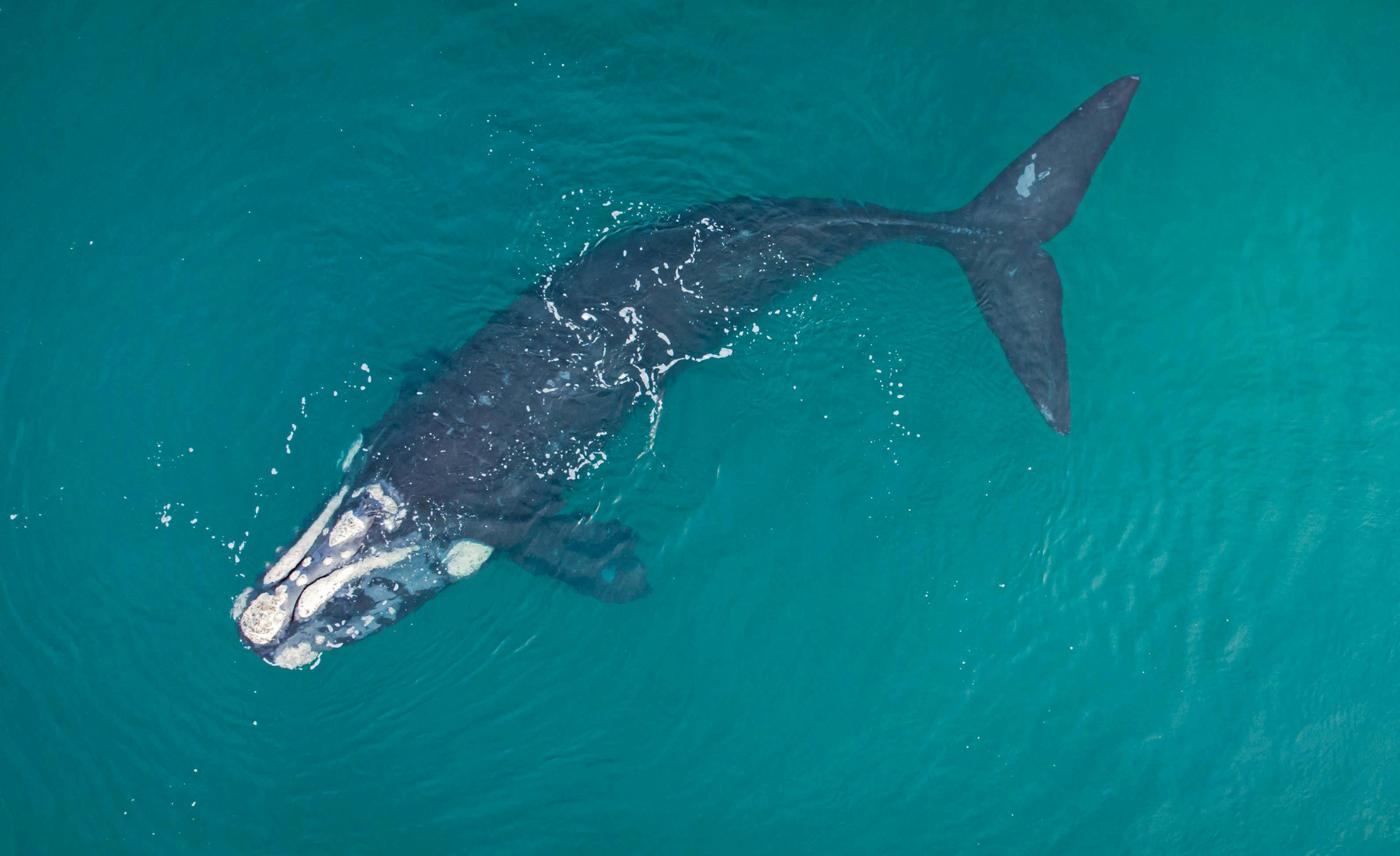
Southern Right Whales: Protecting Australia’s Ocean Giants
Australia’s southern coastline plays host to a breathtaking spectacle of nature: the Southern Right Whale ( Eubalaena australis). These majestic creatures, once hunted to near extinction, are making a remarkable comeback, thanks to decades of conservation efforts. However, the journey towards ensuring their long-term survival is far from over. Understanding the challenges these whales face and the ongoing strategies for their protection is crucial to safeguarding these ocean giants for generations to come.
Table of Contents
A Majestic Return from the Brink:
Southern Right Whales were historically targeted by whalers due to their slow speed, tendency to stay close to the shore, and large quantities of blubber. This relentless hunting decimated their populations, bringing them perilously close to extinction. The implementation of international whaling moratoriums in the late 20th century marked a turning point. Since then, populations have slowly begun to recover, with significant breeding grounds established along the southern coasts of Australia. These whales undertake incredible annual migrations, traveling thousands of kilometers between their feeding grounds in the Southern Ocean and their breeding grounds along the Australian coast.
Key Breeding and Calving Grounds:
Australia boasts several crucial breeding and calving grounds for Southern Right Whales. Headlands such as Head of Bight in South Australia, Warrnambool in Victoria, and Hamer Bay in Tasmania are recognized internationally as significant habitats. These areas provide calm, shallow waters ideal for calving and nurturing vulnerable calves. The whales’ behavior in these areas, particularly the mothers’ attentive care of their young, is a captivating sight for whale watchers and researchers alike. The relatively shallow waters also allow for easier observation and study of the whales, aiding in ongoing conservation efforts.
Threats to Southern Right Whale Populations:
Despite the progress made in recovering their numbers, Southern Right Whales still face a multitude of threats. These include:
- Ship Strikes: Increasing maritime traffic poses a significant risk of collisions with whales, leading to serious injury or death. The sheer size of these whales makes them particularly vulnerable to impacts from even relatively small vessels.
- Entanglement in Fishing Gear: Whales can become entangled in fishing nets and other gear, leading to drowning, injury, and long-term health problems. This can severely impact their ability to feed, reproduce, and migrate effectively.
- Climate Change: Changes in ocean temperatures and currents, as well as shifts in prey distribution due to climate change, can disrupt the whales’ migration patterns and foraging success. These changes are far-reaching and pose a complex challenge to their survival.
- Pollution: Plastic pollution, chemical contaminants, and noise pollution all have the potential to negatively affect Southern Right Whale populations. The long-term effects of these pollutants on whales are still being studied, but early indications are alarming.
- Disturbance from Whale Watching Activities: While whale watching provides important economic benefits and raises awareness, irresponsible practices can disturb whales, impacting their breeding and feeding behaviors. Maintaining sustainable whale watching practices is crucial to minimizing this negative impact.
Conservation Strategies and Initiatives:
Protecting Southern Right Whales requires a multifaceted approach involving governments, researchers, and the community. Several key strategies are currently being implemented:
- Vessel Speed Restrictions: Implementing speed limits in areas frequented by whales significantly reduces the risk of ship strikes. These restrictions are vital in protecting these gentle giants.
- Fishing Gear Modification: Modifying fishing gear to reduce the risk of entanglement is another crucial step. This might involve using alternative materials or designs that are less likely to ensnare whales.
- Habitat Protection: Establishing marine protected areas and sanctuaries around key breeding and calving grounds safeguards these vital habitats from human activities.
- Monitoring and Research: Continuous monitoring of whale populations and their movements, combined with extensive research on the impacts of various threats, informs effective conservation strategies. Data collection and analysis are crucial for adaptive management.
- Public Awareness Campaigns: Educating the public about Southern Right Whales and their plight is essential to garner community support for conservation efforts. Raising awareness generates responsibility and encourages ethical behavior.
- International Collaboration: The migratory nature of Southern Right Whales necessitates international collaboration in conservation efforts. Coordination across countries is crucial for effective management across their entire range.
The Future of Southern Right Whales in Australia:
The recovery of Southern Right Whale populations is a remarkable conservation success story. However, the challenges they face are ongoing and require sustained commitment and collaboration. By continuing to implement and refine conservation strategies, fostering responsible whale watching practices, and addressing the broader threats of climate change and pollution, Australia can play a leading role in securing the future of these ocean giants. The future of the Southern Right Whale, a symbol of resilience and wonder, rests on our collective actions to protect their critical habitats and safeguard these magnificent creatures for generations to come. Their survival is not just a matter of preserving a species; it is a testament to our commitment to protecting the health and balance of our ocean ecosystems.
